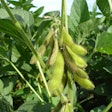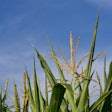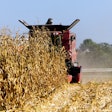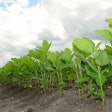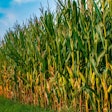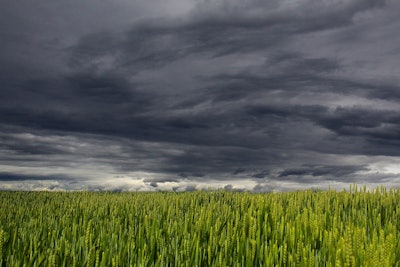
Farmers across the United States are facing varied conditions as recent weather patterns bring both relief and challenges, according to the latest U.S. Drought Monitor report.
The U.S. Drought Monitor, jointly produced by the National Drought Mitigation Center at the University of Nebraska-Lincoln, the United States Department of Agriculture and the National Oceanic and Atmospheric Administration, reveals significant shifts in drought conditions across the country.
In the Plains, heavy precipitation has led to substantial improvements in drought conditions. Central and northwestern Kansas, as well as most of South Dakota, saw widespread reductions in the intensity and extent of dryness and drought. This development is particularly beneficial for wheat farmers in these regions as the crop enters critical growth stages.
"The recent rains have significantly improved soil moisture levels in many areas of the Plains," said a spokesperson for the National Drought Mitigation Center. "This is crucial for crop development and could potentially boost yields if favorable conditions persist."
However, the situation in the Southwest remains dire. New Mexico has seen a significant increase in extreme drought coverage, with surface moisture depletion becoming increasingly evident. This persistent dryness poses significant challenges for agricultural operations in the affected areas, potentially impacting crop yields and increasing irrigation demands.
In the Southeast, drought conditions are rapidly intensifying, particularly across Florida. A majority of the Florida Peninsula is now entrenched in severe drought or worse, with extreme drought conditions identified in parts of the southern and northeastern Peninsula. Over the last 60 days, most of the central and southern Florida Peninsula received less than half of normal rainfall, raising concerns for citrus growers and other agricultural operations in the region.
The Midwest presents a mixed picture for agriculture. Areas of heavy rain covered much of Iowa and Minnesota, continuing a wetter-than-normal pattern that has been in place for the last several weeks. This has led to broad areas of improvement through northern Minnesota and a large part of interior Iowa, benefiting corn and soybean producers as they prepare for the growing season.
Looking ahead, the Climate Prediction Center's 6-10 day outlook favors subnormal precipitation across much of the eastern U.S., while wetter than normal conditions are expected in the southern Plains and Southwest. This forecast offers hope for some drought-stricken agricultural areas but suggests continued challenges for others.
As farmers navigate these shifting drought patterns, adaptive strategies in water management and crop selection will be crucial. The varied conditions across the country underscore the complex challenges facing U.S. agriculture in an era of changing climate patterns.






